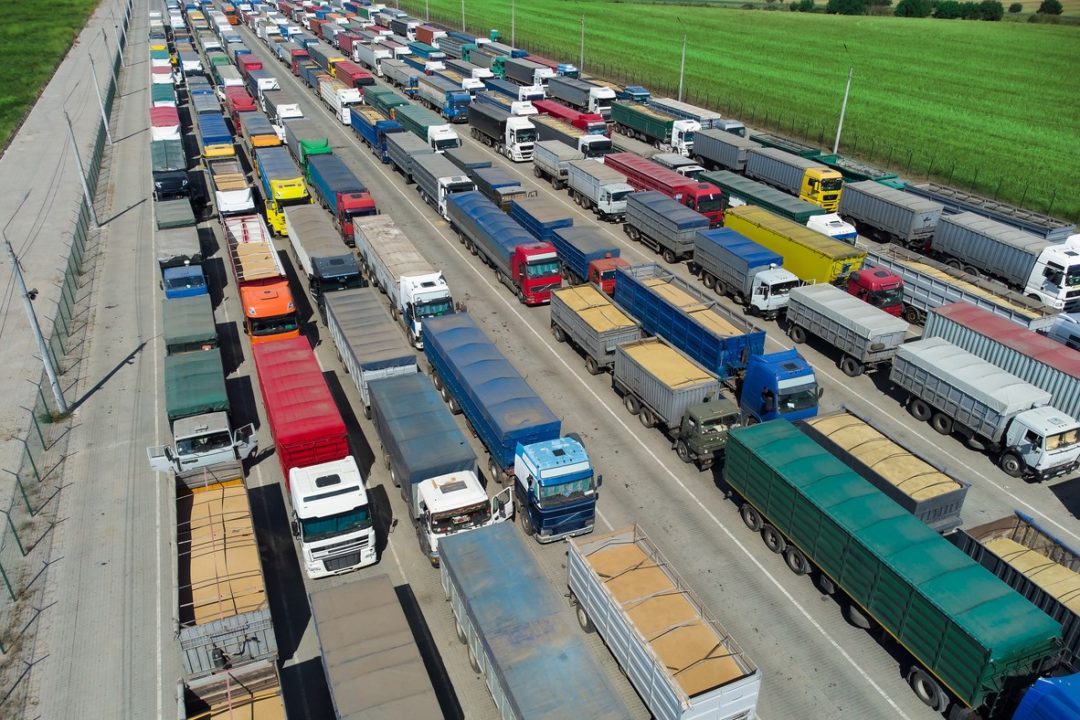
Data collected from hundreds of sourcing projects across a variety of industry segments shows how Fortune 500 and Global 2000 businesses are responding to today’s supply chain challenges.
Following are four prominent trends as companies engage with professional services firms to help gauge their supply chain maturity, and ensure that they’re best positioned to compete in the future.
Multinationals going local. Faced with geopolitical tensions, environmental concerns and pandemic-induced shutdowns, multinational companies are increasingly looking to manufacture and ship more goods locally, to control rising logistics costs and increase the resilience of their supply chains. With that comes the complex challenge of unwinding the global supply chains they had previously built, centered on optimizing efficiency and cost in a very different set of circumstances.
To make matters more difficult, there’s a deep sense of urgency among companies looking to satisfy their customers’ needs as soon as possible — even if that means partial fulfillment.
Peer benchmarking versus innovation. Supply chain-related consultancy projects commonly include a requirement for providers to conduct some form of benchmarking (90% of projects state benchmarking as one of their required deliverables), with a low weight given to “innovation” credentials when assessing the best-fit provider (only 38% of projects list “innovation” among their top two assessment criteria, and none as the top criteria). Even for projects that explicitly state the desire for an “innovative approach,” there’s an obsession with benchmarking, and a tendency to keep the innovation work separate from core operations, funded by a dedicated “innovation fund,” which is unlikely to reach the level of integration and scale needed to have a material impact.
A supply chain mantra has long been one of continuous improvement, achieved by tracking peers and eking out single percentage-point improvements in the same metrics year-over-year. In today’s uncertain and more challenging environment, however, striving merely to increase the efficiency of distribution centers by 5% is an insufficient objective. The supply chain industry’s preoccupation with peer benchmarking, and the low importance placed on providers’ innovation credentials, can be at odds with the transformation needed to achieve big goals, such as localization. Companies that are using innovative, intelligent digital solutions to carefully examine their actual needs, with an eye toward choosing the best suppliers, are reaping the benefits and already enjoying better outcomes from their spend.
Future-proofing the supply chain. A “future-proof” supply chain is a source of competitive advantage. The top priorities for supply chain officers looking to future-proof their supply chains are:
- Regulatory compliance and quality assurance. These priorities are at the very top of the agenda of most supply chain officers. However, there are no points scored with customers for getting these two right.
- The need for external expertise, driven by new or fast-approaching regulations. A recent example is Germany’s Act on Corporate Due Diligence Obligations in Supply Chains, which aims to improve international human rights conditions as well as environmental protection.
- Resilience. Many companies have made public commitments to reduce their environmental impact (specifically Scope 3 emissions). However, this also presents a significant challenge; in the context of rising material and transportation costs, achieving double-digit reductions in emissions year-over-year and staying profitable is a difficult balancing act.
The importance of data analytics. Given the complexity of achieving the strategic goals highlighted above, it’s no wonder that one in four projects focus in some way on building data intelligence capabilities that will enable accurate measurement and tracking of supply chain operations to provide the basis for insight-led decision-making.
The key requirement for these projects is typically some variation of “a seamless flow of information throughout the supply chain,” such that customer needs and supply chain issues are detected, or anticipated, in near real-time, with an immediate response based on automated decision-making. Reaching ambitious sustainability goals also requires accurate and timely measurement of emissions.
Companies and supply chain leaders that want to thrive in the coming months and years are taking a hard look at their supply chain practices and reassessing what it will take, not just to future-proof, but transform their supply chain operations into a competitive advantage.
Clara Chen is Category Lead, and Michael Johnson is Director of Professional Services, at Globality.







